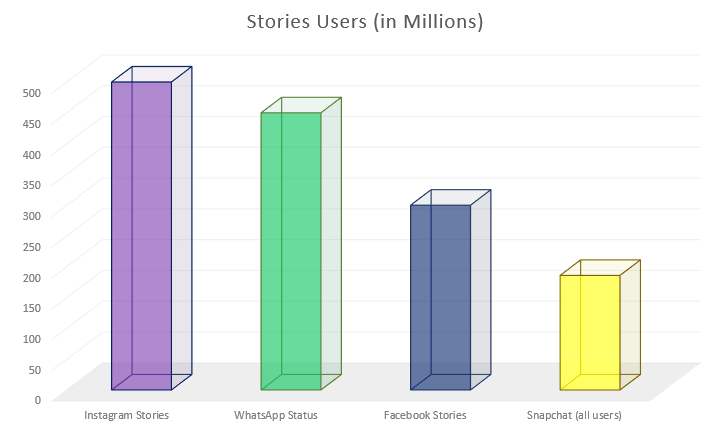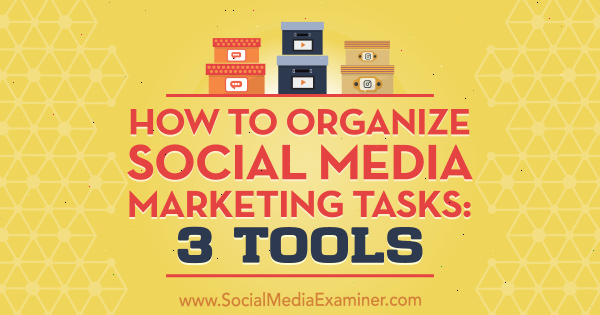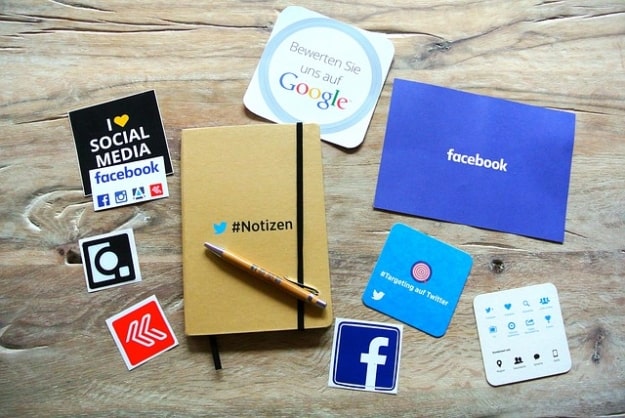Sourced from ma-no
Social media marketing is a baffling area. It looks like anyone can do it: Post something (anything!) on social media, look for new content, talk with people, keep filling the Instagram page of your company with your most photogenic team. It sounds like a task for today’s social media age kids.
If you want your ROI to grow, though, that’s not the way to go.
It may look simple, but without economic resources, talented people and the right tools for the job, it is almost impossible to make social media marketing effective. This article will focus on marketing tools for social media. These SMM tools actually stand out because they are user-friendly and continue to improve in response to social media changes and trends.
According to the most important SMM tasks requiring automation, we’ve divided them into three groups: Social media management, social media monitoring, and social media advertising.
These social media social media management tools help you manage the workflow required by social media. So they really make it easier, more organized, less stressful and thus more efficient. Some of our favorites are here.
1. IFTTT
IFTTT is the freeway to get all your apps and devices talking to each other. Not everything on the internet plays nice, so we’re on a mission to build a more connected world.
IFTTT is a website as well as a mobile app. The free service was launched in 2010 with the motto: “Put the Internet to work for you”. However, in recent years it has changed a lot. You can currently connect all your “services” with IFTTT to complete tasks automatically.
There are numerous ways you can connect all your services – and the resulting combinations are called “Applets”.
Applets essentially automate your daily workflow, whether smart home devices or apps and websites are managed. For example, if you own the intelligent lighting system, Philips Hue, you can use IFTTT to automatically turn on a light each time you are tagged on a Facebook photo.
Price: free
2. Buffer
Buffer makes it easy for businesses and marketing teams to schedule posts, analyze performance, and manage all their accounts in one place.
BufferApp lets users manage a range of social media accounts, lining up updates to be shared in the future across a range of social networks.
Every time you find a post you want to share, a tweet you want to retweet, or whenever you write some content that you want to share out over time, you can add it to your Buffer. This places it in a queue and the posts are sent out in order, at times you have pre-selected.
This means that you don’t need to choose a date and time for every single post you want to schedule. You just add it to your queue, and Buffer does the work for you.
Buffer has a smooth, clean interface that is really enhanced by installing its browser extensions – a lot of its best functionality comes from these add-ons.
Price: freemium; paid plans from $15/mo
3. Quuu
Quuu is the number one source for content and the only place where each and every piece has been hand-reviewed in house.
Quuu’s main goal is to increase your follow-up and commitment to social media by helping you post hand-curated content in your niche. Quuu sends relevant, high-quality content from its niche to its users every day, which they can easily program and post on their social media profiles via Quuu scheduler or any other tool such as Buffer or HubSpot.
These suggestions include a link to the content (article, blog post, video, podcast episode…) and a text containing relevant hashtags and social handles (making it easier to tag the author or source).
Price: plans start at $15/mo
4. MeetEdgar
MeetEdgar is another programming tool that stands out for one reason: You can recycle old posts. This is more important than it seems: Content is forgotten and left behind even good and popular content. It is low-hanging fruit and too often a missed opportunity to recycle this old content so that it can get views again.
With MeetEdgar, you organize posts by category, schedule content by category, and then, every time the tool has gone through your scheduled posts, it will automatically post old content from each category so it can get attention again.
Price: $49/mo
Social Media Monitoring Tools
Social media marketing is divided into two processes. One is about the content you and your brand have. You create content, aggregate and share content with your audience and promotional content. The SMM tools discussed above to automate and optimize this part of social media marketing.
The audience is the second aspect of social media marketing. It’s your brand’s online mentions, reviews, questions, compliments, and complaints.
Although posting may be more important to raise brand awareness, it is also important to keep an eye on what people say about you and to respond appropriately. It’s almost impossible to manually find all brand mentions on social media, as people don’t always tag the brand even on social media platforms.
That’s why there are social media monitoring tools: To ensure comprehensive communication with an online audience. Here are some of the highlights:
1. Awario
Are you looking to bring your social media presence under one roof and get usable, real-time insights? Awario lets you join in conversations about your business after crawling the web and finding the people having those conversations.
When the web and social media are saying something about you, the Awario monitoring tool is able to pick up mentions instantly using non-stop monitoring in any language. This lets you respond quickly to what is being said, good or bad. You can then amplify the positive and clarify any negative comments or untruths regarding your brand before they get out of control.
Having a website and social media are now almost requirements for small businesses in today’s digital ecosystem. And once you create your channels, managing the different platforms and interacting with users takes a lot of effort. Being able to do it in one place, makes the task that much easier.
Price: starts at $29/mo
2. Mention
Mention offers real-time social media monitoring, and you can set up alerts for your brand, your competitors, and your industry. With this tool, you can view and respond to each like, tag, or mention (ah, see what they did there?) right in the app. You can also sort mentions by importance or significance, and even set up filters, including by source or by language.
Price: starts at $29/mo
3. Brandwatch
If your budget is much wider, Brandwatch can be your tool. The analytical data of Brandwatch is highly visual: If you are an agency, it is perfect to illustrate the significance of social media marketing for customers.
Price: starts at $800/mo
3. Talkwalker
Talkwalker is another tool at the company level that is without a doubt one of the most powerful on the market. It offers a wide range of filters, subfilters and coverage platforms. It covers not only social media, news sites, blogs, and forums, but also broadcasting, television and printing. The available data is nearly endless.
Price: starts at $9,600/year



![Social Stories usage comparison [chart]](https://www.socialmediatoday.com/user_media/diveimage/Instagram_Stories_500.png)


![A 23 Step Social Media Marketing Checklist for 2019 [Infographic]](https://mediastreet.ie/wp-content/uploads/2019/01/checklist.png)







